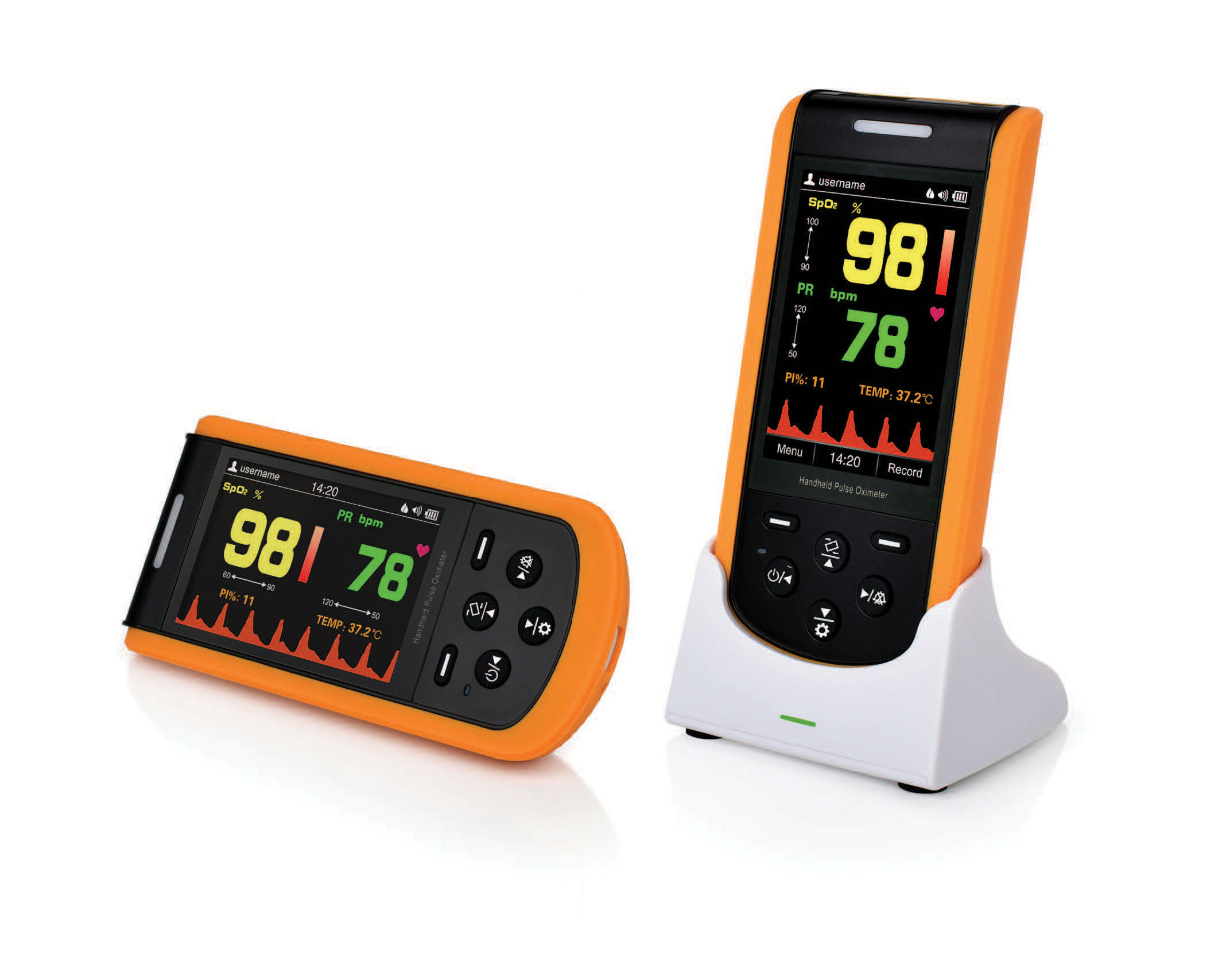Patient Monitoring Solutions
Patient monitoring is something which should be high on the priority list for any hospital to ensure the patients remain in good health. We supply a wide variety of solutions based on the environment and clinical needs. We also do our own portable pulse oximeter/capnograph.
But monitoring functions can add huge costs to anaesthetic equipment – so all too often, LMIC hospitals and healthcare facilities go without.
Crucially, at Medical Aid International, we supply monitoring solutions that have been conceived specifically to suit the demands of LMIC environments, and to deliver the same benefits as integrated anaesthetic / monitoring machines, but at far lower cost.
Our Patient Monitoring Solutions
We can supply hand-held devices for oxygen saturation (SpO2) measurement and carbon dioxide monitoring (capnography), as well as blood pressure sphygmomanometers, facilitating monitoring processes affordably.
Our monitoring solutions are also supplied with accessories to suit the wide patient age range of LMIC environments (from neonatal to adult), and can comprise cost-effective devices for ECG,
anaesthetic agent monitoring, and suction, plus a full range of LED laryngoscopes with replacement parts. Wherever there’s an anaesthetic challenge in an LMIC environment, we have a context-appropriate response.
Examples of the main parameters that must be considered when procuring patient monitoring equipment are shown in the table below.
| Accessories | • All monitors sent must cover the full patient age range | • Age range must comprise neonatal, child, adult |
| • Two of each accessory should be sent to enable spares availability | • Try to use the same brand of monitors throughout a facility so accessories can be shared | |
| ECG | • In many LMIC environments the availability of ECG electrodes is minimal or non-existent | • Note the contrast with the West, where ECG is regarded as a standard monitoring procedure |
| Blood pressure | • A vital parameter to be measured, particularly as many patients undergo spinal anaesthesia, which can significantly drop their blood pressure | • An electronic blood pressure device is preferable, but a basic sphygmomanometer can be used |
| Oxygen saturation (SpO2) | • A vital parameter and an easy one to measure. | • There are a multitude of LMIC-appropriate models available including finger models as well as larger handheld ones. |
| Carbon Dioxide measuring (capnography) | • A truly vital adjunct that many are, however, less familiar with | • Gives an instantaneous read out as to whether a patient is breathing or not. |
| • Essential for use with circle machines | ||
| • Very desirable for all types of general anaesthetic | ||
| Anaesthetic agent monitoring | • As discussed above, in a closed system the anaesthetic agent levels should be monitored. | • Monitors with this facility are extremely expensive and this should be a consideration when budgeting for anaesthetic machines. |
| Other requirements for safe anaesthesia | • To give safe anaesthesia, working suction is required | • Battery backup should always be available in case of a power failure |
| • Laryngoscopes with a full range of blades should be supplied with a spare handle | ||
| • Equipment for difficult intubation such as bougies and Magill forceps should also be supplied |
Our Pulse Oximeter In Action
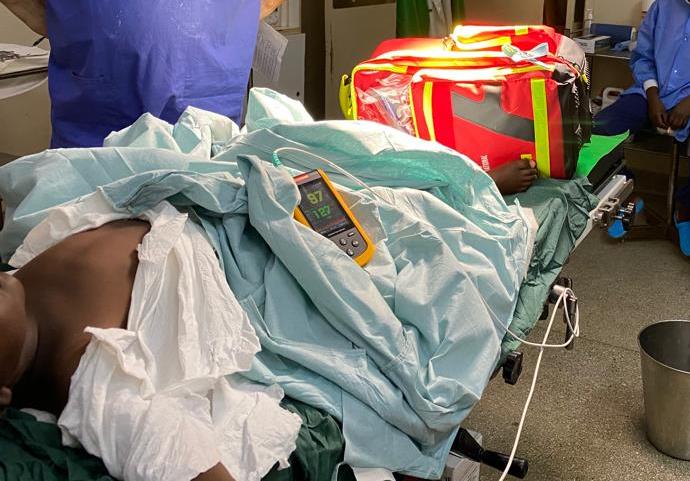
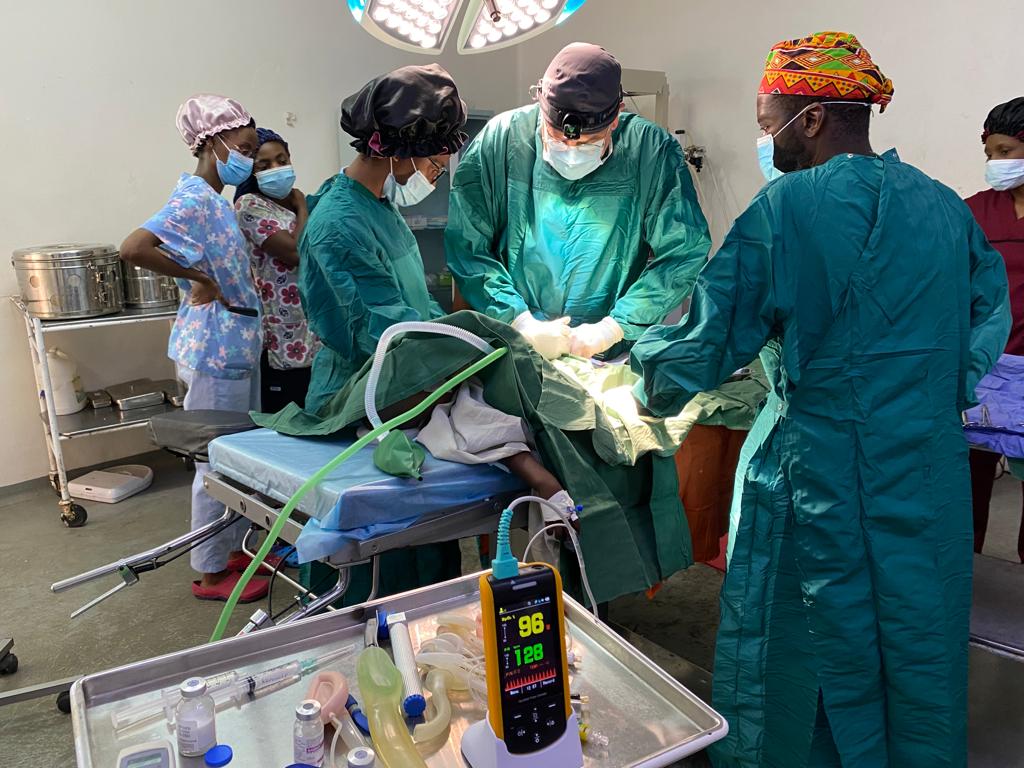
Pulse oximetry is a vital tool for providing safe patient care in LMIC environments. On the left, our pulse oximeter is being used to monitor a patient recovering form surgery.
You can also see our Emergency Bag in the background, ensuring the medical team are prepared for all eventualities.
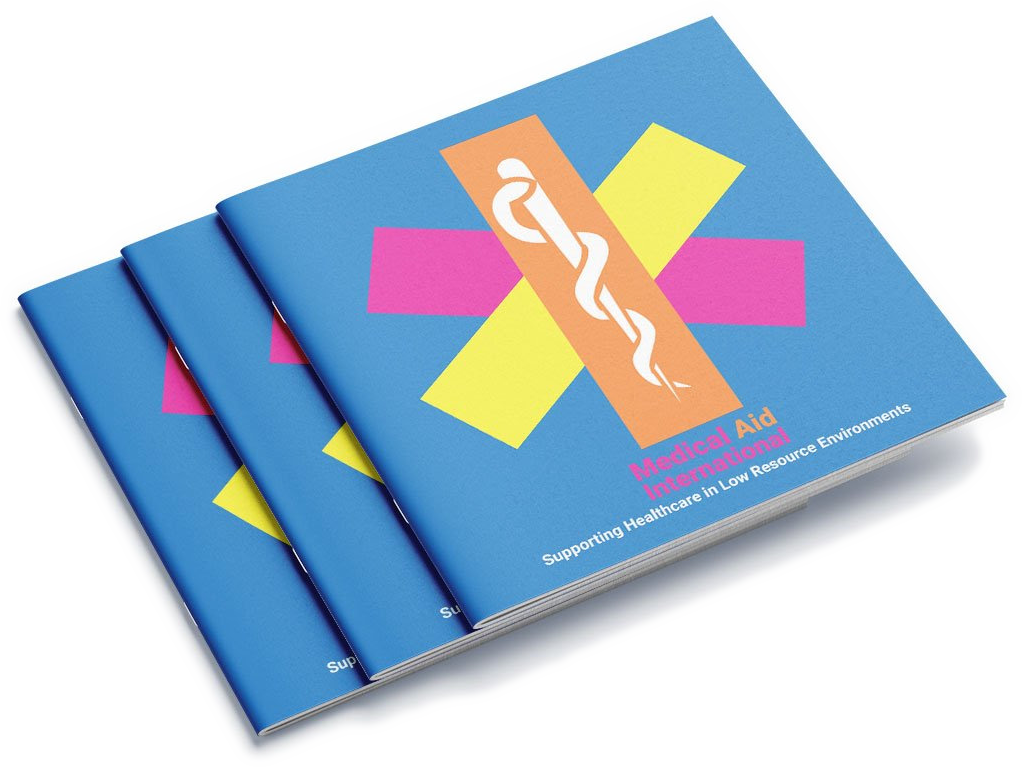
More Information in the Medical Aid International Brochure
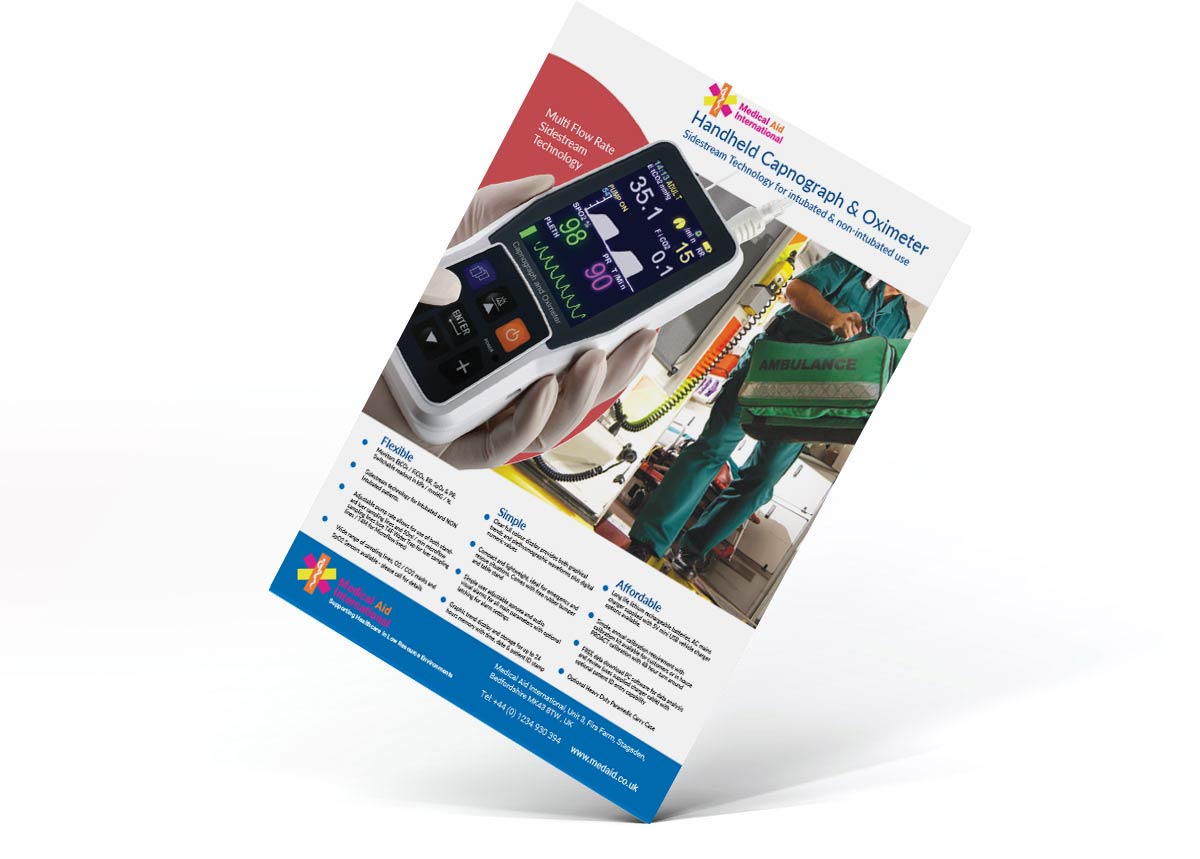
MAI Capnograph Leaflet
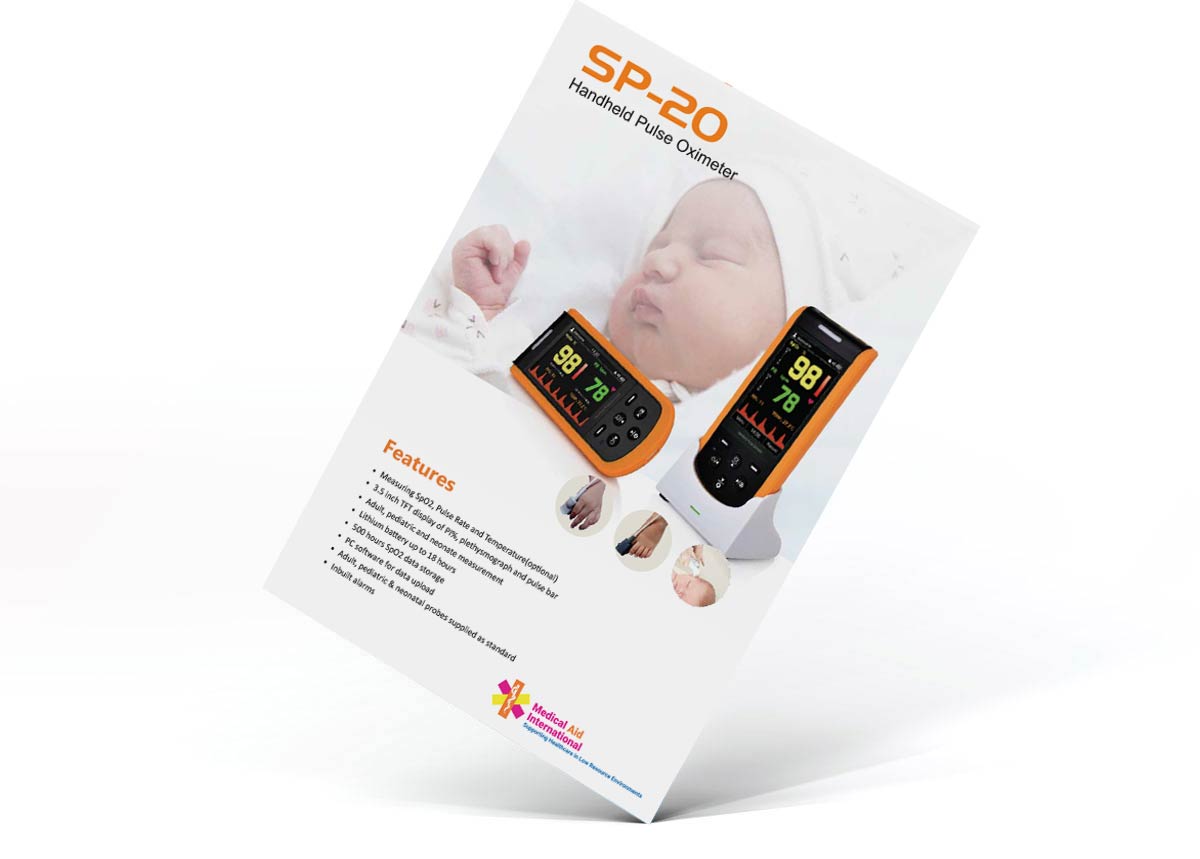
SP-20 Handheld Pulse Oximeter Leaflet
Other Solutions
Anaesthetic Solutions
Based on many years’ experience, we advise on and provide long-term anaesthetic solutions that are as effective high in the Himalayas as they are in a major teaching hospital in Dar es Salaam.
Digital X-Ray
Any substantial healthcare facility needs reliable X-Ray. Yet in low resource environments most clinics and hospitals face many challenges in this area which directly can affect the quality of care.

